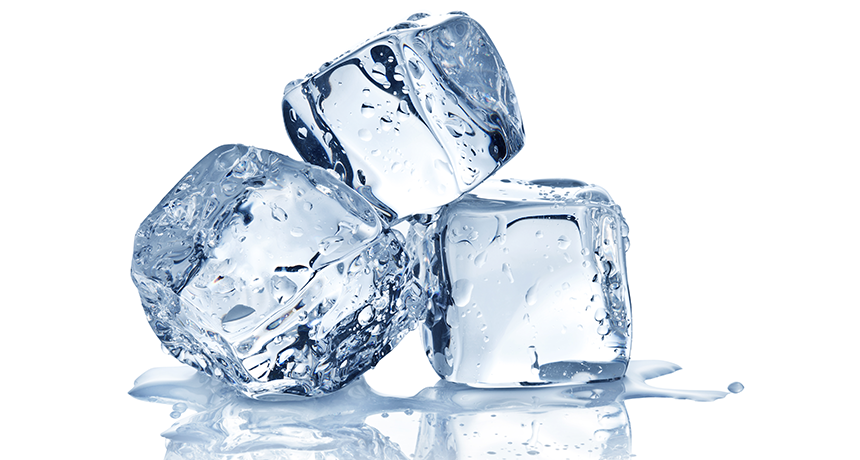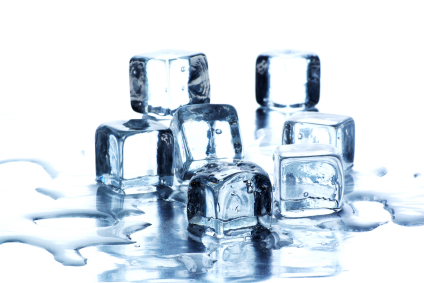Cold, colder and coldest ice
Electric charge can change the temperature at which water freezes.

Researchers have shown that the temperature at which water freezes can be changed using electric charges. Water exposed to a positive electric charge freezes at higher temperatures than water exposed to a negative charge.
ValentynVolkov/iStockphoto
Most people know what happens at 0º Celsius (or 32 º Fahrenheit): Water freezes. When the temperature outside is below freezing, for example, a rain storm may become a blizzard of snow. A glass of water left in the freezer eventually becomes a glass of ice.
The freezing point of water may seem like a simple fact, but the story of how water freezes is a little more complicated. In water at the freezing temperature, ice crystals usually form around a dust particle in the water. Without dust particles, the temperature can get even lower before the water turns to ice. In the laboratory, for example, researchers have shown that it’s possible to cool water down to -40º C — without producing a single ice cube. This “supercooled” water has many uses, such as playing an important part in helping frogs and fish survive low temperatures.
In a more recent study, scientists showed how the temperature at which water freezes can be changed using electric charges. In these experiments, water exposed to a positive charge froze at higher temperatures than water exposed to a negative charge.
“We are very, very surprised by this result,” Igor Lubomirsky told Science News. Lubomirsky, who worked on the experiment, works at the Weizmann Institute of Science in Rehovot, Israel.
 |
| ThomFoto/iStock |
Charge depends on tiny particles called electrons and protons. These particles, together with particles called neutrons, make up atoms, which are the building blocks of all matter. An electron is a negative charge and a proton is a positive charge. In atoms with the same number of protons as electrons, the positive and negative charges cancel each other out and make the atom act like it has no charge.
Water already has its own kind of charge. A water molecule is made of one oxygen atom and two hydrogen atoms, and when these atoms get together they make a shape like Mickey Mouse’s head, with the two hydrogen atoms being the ears. The atoms bond together by sharing their electrons. But the oxygen atom tends to hog the electrons, pulling them more toward itself. As a result, the side with the oxygen atom has a bit more negative charge. On the side with two hydrogen atoms, the protons aren’t balanced out as well by electrons, so that side has a bit of positive charge.
Because of this imbalance, scientists have long suspected that forces due to electric charges could change the freezing point of water. But this idea has been hard to test and harder to verify. Earlier experiments looked at water freezing on metal, which is a good material to use because it holds electric charges, but water can freeze on metal with or without a charge. Lubomirsky and his colleagues got around this problem by separating the water and the charged metal with a special type of crystal that could generate electric fields when heated or cooled.
In the experiment, the scientists placed four crystal discs inside four copper cylinders, then lowered the temperature of the room. As the temperature dropped, water droplets formed on the crystals. One disc was designed to give the water a positive charge; one a negative charge; and two gave no charge at all to the water.
The water droplets on the crystal with no electric charge froze at -12.5º C on average. Those on a crystal with a positive charge froze at a higher temperature of -7º C. And on the crystal with a negative charge, the water froze at -18º C — the coldest of all.
Lubomirsky told Science News he was “delighted” with his experiment, but the hard work is only beginning. They’ve taken the first step — observation — but now they have to explore the deep science of what is causing what they observed. These scientists have managed to show that electric charges affect the freezing temperature of water. But they don’t yet know why.







